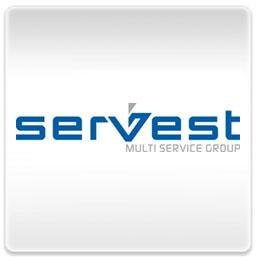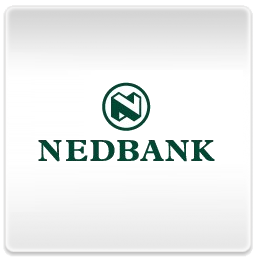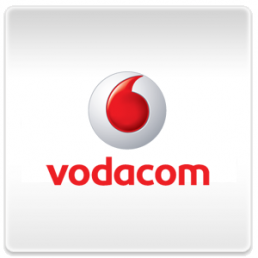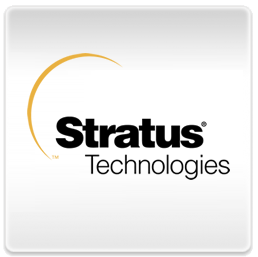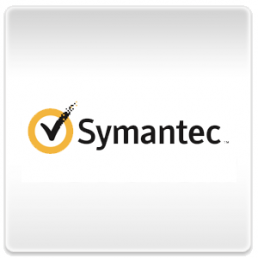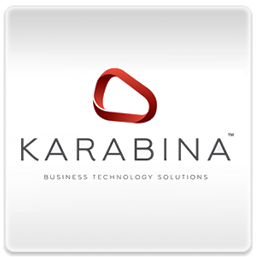Our Identity Part 3: A strategic framework for engagement
Submitted by Mike Stopforth on Mon, 2012-09-17 09:30

By now you would have read our posts Our Identity Part 1: The Cerebra Mission Statement and Manifesto and Our Identity Part 2: The Community Lifecycle about who we are and what we do, but in case you need a quick refresher; Cerebra helps companies build, engage and activate communities through strategic communication across a variety of digital and traditional channels. We are a strategy led agency and our clients’ brand objectives underpin every activity and campaign we initiate.
To illustrate our communication methodology we have developed the following strategic framework:

At the core of this model are our clients’ brand objectives, often developed in conjunction with Cerebra. These objectives outline what, through the Cerebra-client partnership, we are trying to achieve. These aims, be they brand awareness, perceptions, sentiment or sales (as examples), serve as the roadmap for communication and underpin all activities carried out on each account.
It’s important to note that we believe brand objectives are the meeting ground between business objectives and customer insights. Customer insights may not be obvious at the outset of our discussions with clients, so often we are called upon to conduct a brand audit or reputation audit to provide insight and recommendations in this regard.
The brand objectives, once decided, will aid us in determining our overarching communication strategy. In this phase we will define the best communication channels to fulfill the brand objectives and reach the clients’ target markets and audiences. This may include a mix of social media, traditional media, mobile and internal communications across a selection of owned and earned platforms.
The communication strategy will also entail developing communication policies and guides, client and competitor reviews, escalation plans and risk matrices.
The next process in the framework is to create a content strategy that encompasses both internal and external communication and falls in line with the aims highlighted in the client’s communication strategy. This will involve outlining the content pillars, themes and streams and using this information to build content plans and conversational calendars. It is in this phase that much of the account ideation will take place in the process of developing account campaigns and activations.
It is the information, content and campaigns developed through ongoing content strategy that will be used to initiate conversation and facilitate engagement with the target audiences on the chosen communication platforms and mediums.
Once we have begun to engage with target communities and have managed to achieve conversation, this will often result in brand mentions. Alternatively, the conversation will be more reactive and take place in response to comments about a brand online. It is these brand mentions that we track through the use of ORM (Online reputation management). ORM is the process of tracking, filtering and sentimenting mentions about a company’s product, service or spokespeople, or those of a client’s competitors.
The data extracted from ORM provides valuable feedback on clients’ products and services and helps to align Cerebra’s communication strategy and campaigns.
These stats, coupled with analysis, provide feedback into both customer insight and business objectives, both of which have a direct influence on further development and refinement of our clients’ brand objectives.
If you have any questions about this process or how we might be able to assist you with your unique communication challenges, do not hesitate to contact us.
- Login to post comments


